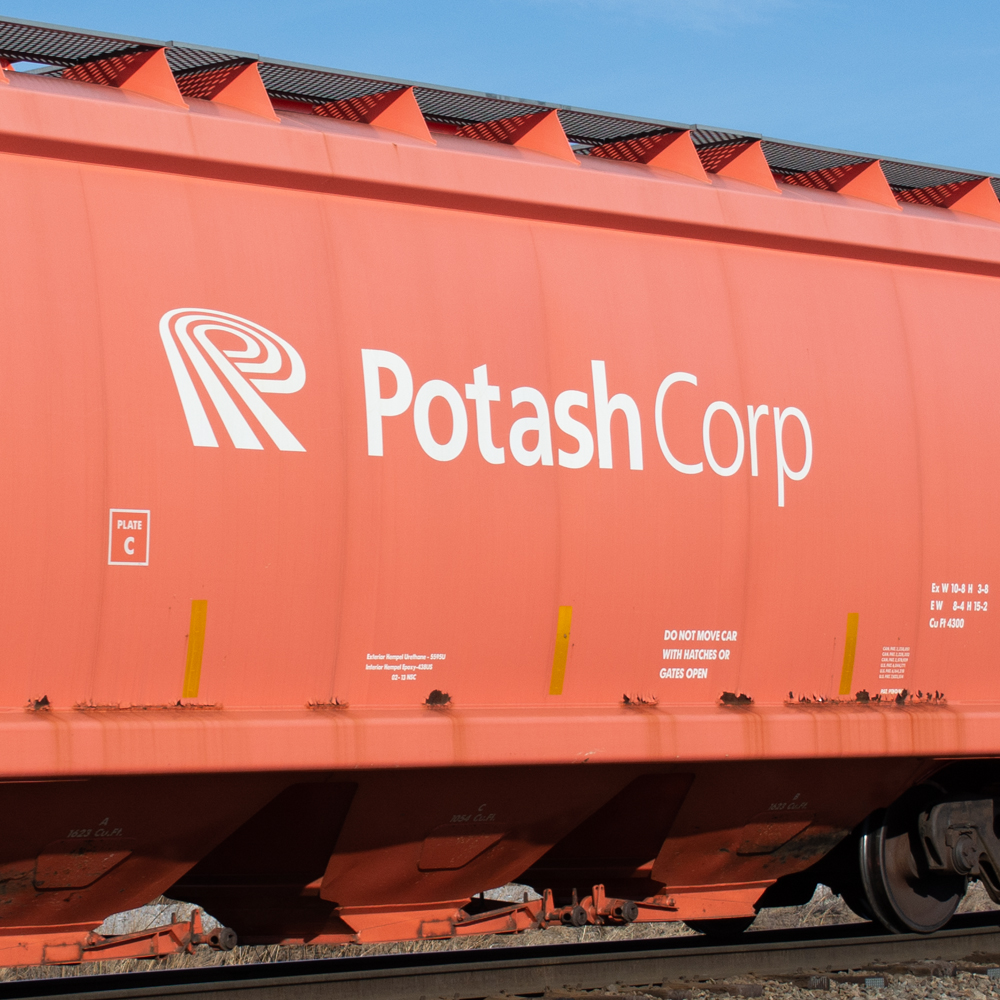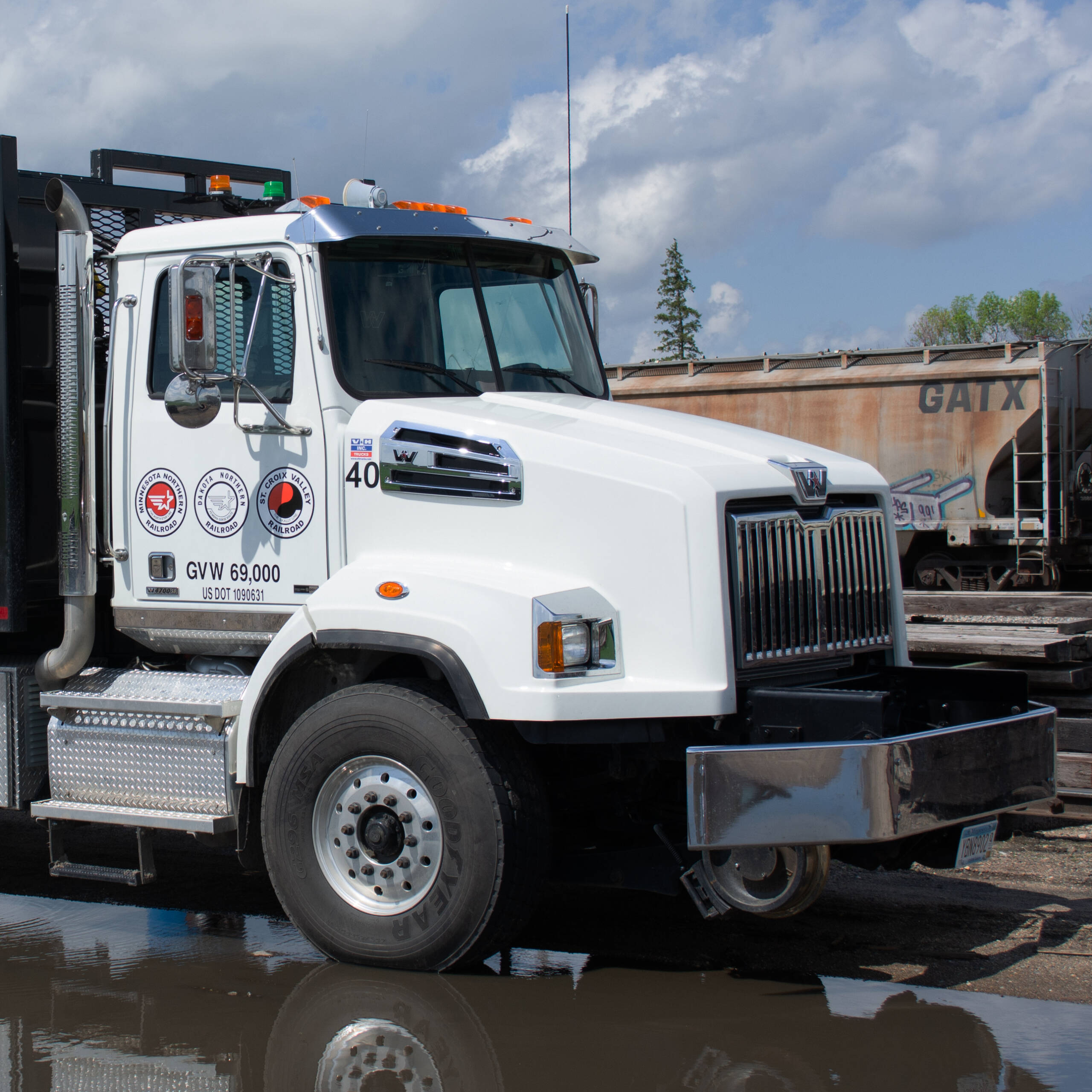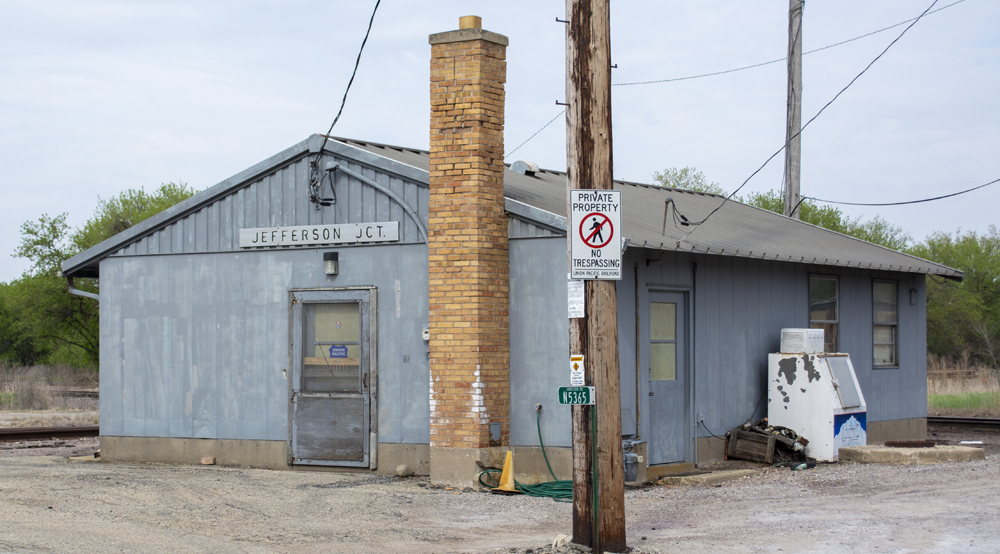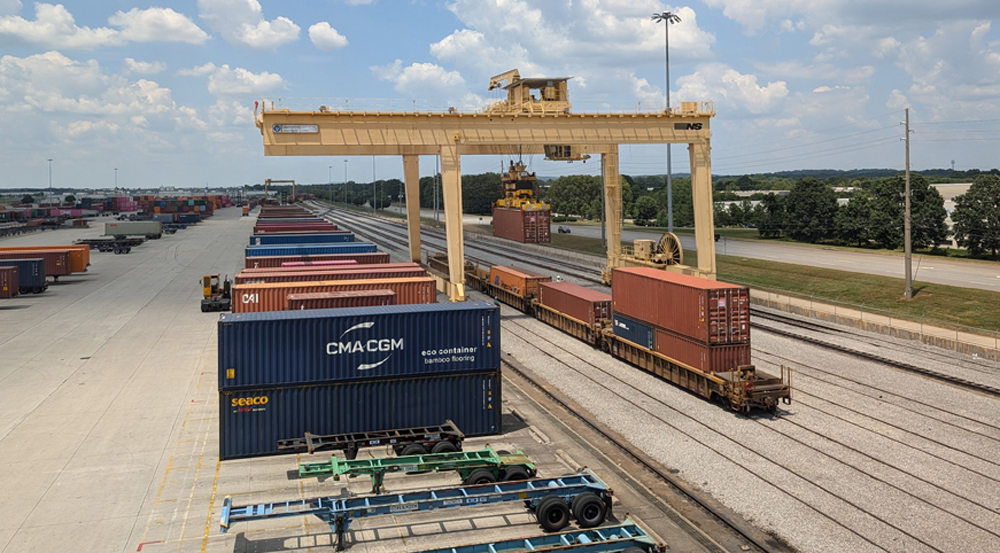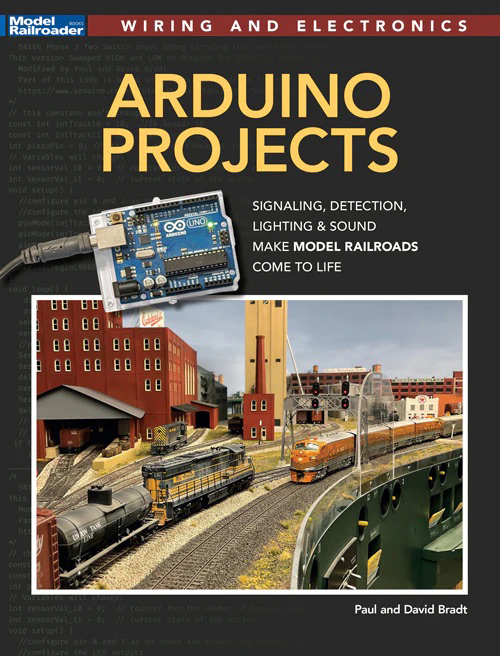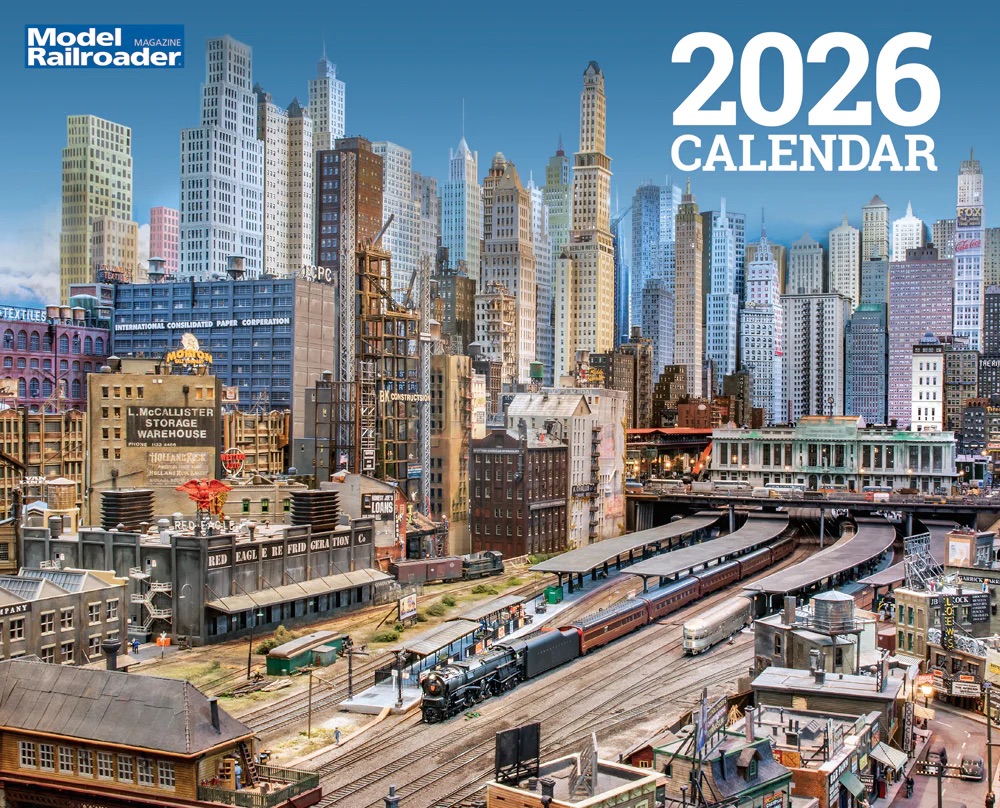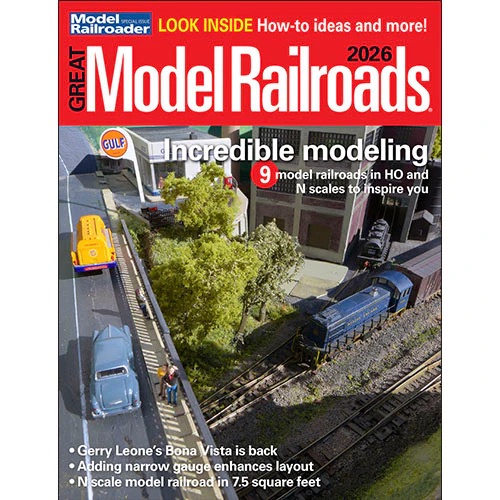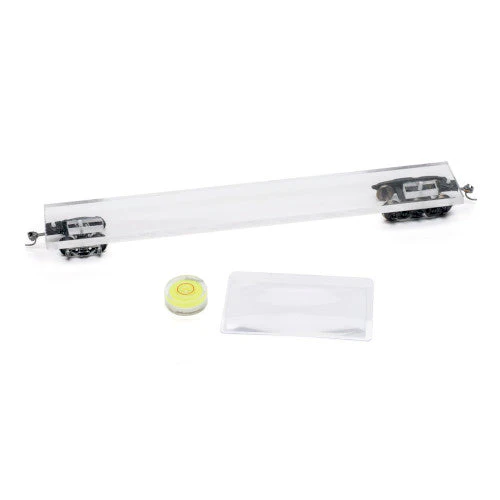
Q: In your special issue Best of Industries, Harold W. Russell wrote about the R.B. Crowell & Son Grain Co. He stated that the rail-served industry received grain in bulk loads, but in the photos and drawings it seems to me that they would ship grain instead of receiving it. What are your thoughts? — Markus Russ
A: To answer your question on feed mills, I turned to Jeff Wilson’s book The Model Railroader’s Guide to Grain (Kalmbach Books, 2015). He wrote, “Rail operations at feed mills vary by their size. Large mills that produce pelleted feeds, as well as the plants that make premixes, will ship products by boxcar or covered hopper.
“Most local feed mills don’t ship anything by rail (their outbound traffic is to farmers and other end users), but through the 1960s, they might have received bags of premixes or pelleted feed by boxcar. Much of this traffic today arrives by truck. Feed mills don’t often receive grain by rail — it’s more likely to arrive by truck.
“Historically (and even today), feed mills vary greatly in design. Their functions helped determine the design. They are often part of a larger business or cooperative that may or may not include an elevator. Ancillary functions can include selling fertilizer, anhydrous ammonia, other farm supplies, and sometimes LPG or petroleum products. Mills may need significant warehouse space for this.”
Send us your questions
Have a question about model trains, full-size trains, or toy trains? Send it to AskTrains@Trains.com.






